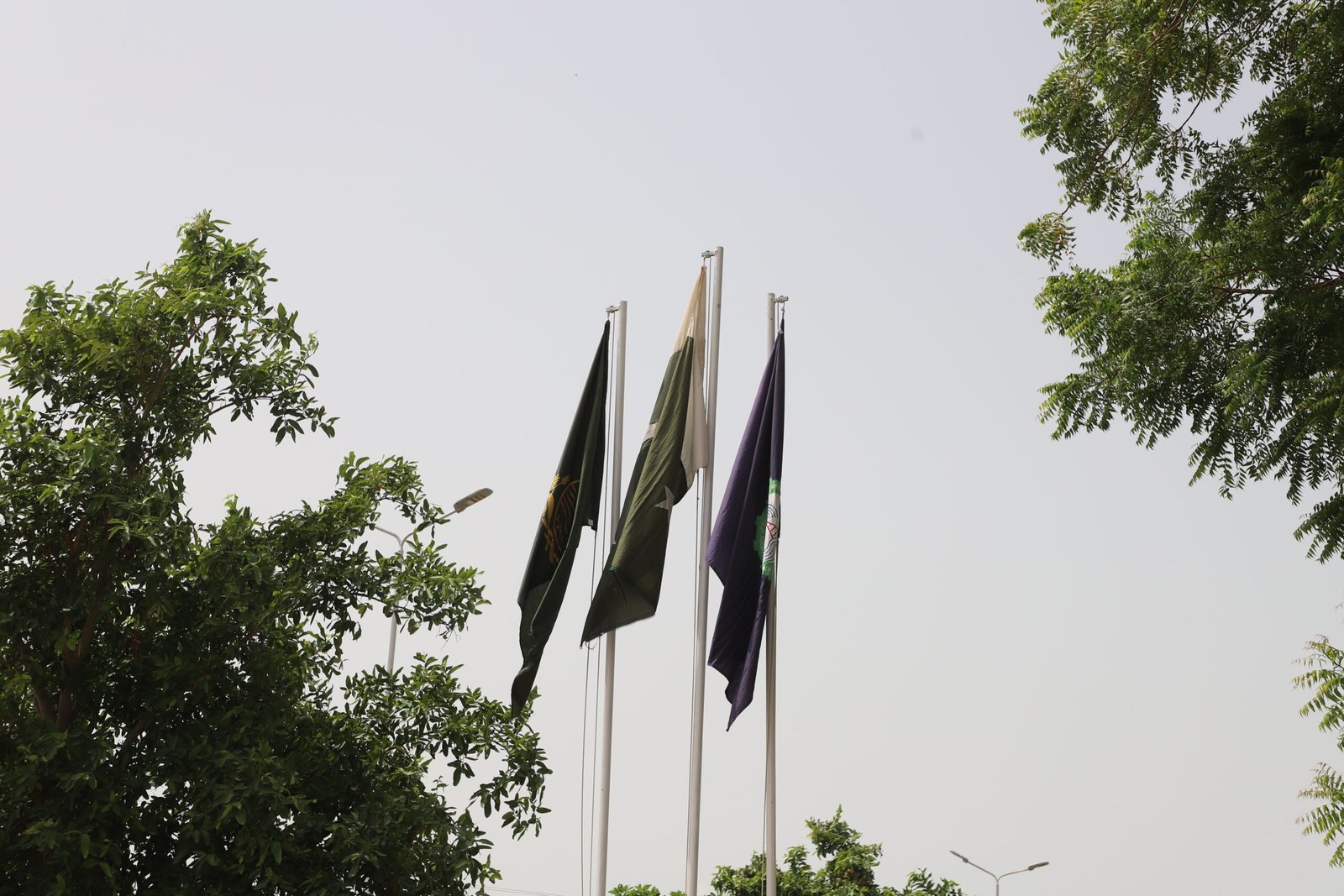Rajanpur, the southernmost district of Punjab, Pakistan, is a land defined by its contrasts in both landscape and climate. Home to approximately 1.9 million people, it spans three tehsils—Jampur, Rajanpur, and Rojhan—and a tribal area in the rugged Koh-e-Suleman range. The district’s unique geography, with low plains bordered by towering mountains and riverine areas, creates a mix of climatic extremes that has shaped the daily lives and resilience of its people.
Climate and Geography of Rajanpur
Rajanpur’s climate is both harsh and unpredictable. Summers can be intensely hot, while winters are strikingly cold, especially in the vicinity of the Koh-e-Suleman mountains. Most of the district’s terrain is flat, except for its northeastern edge where mountains begin. Unfortunately, Rajanpur lacks a dedicated weather forecasting station; instead, data from nearby regions such as Multan, Faisalabad, and Bahawalpur is used as a proxy for understanding its climate.
In general, Rajanpur has a dry climate with low and inconsistent rainfall, creating a harsh environment for both agriculture and daily life. When rain does come, however, it often leads to flooding, which has historically been a recurring challenge in the region.
The Dual Threat: Kacha and Pachadh Areas
Rajanpur is divided into two major zones that are impacted by different types of flooding. The eastern part of the district, known as the “Katcha” area, lies near the Indus River and is highly vulnerable to riverine floods. These floods usually result from heavy monsoon rains in July and August or snowmelt from the Himalayas, leading to inundated fields and homes along the riverbanks. In 2022, the Indus River swelled significantly, affecting large portions of Rajanpur and submerging low-lying areas in the tehsils of Jampur, Rajanpur, and Rojhan.
On the western side of Rajanpur lies the “Pachadh” area, an arid region that experiences flash floods originating from the Koh-e-Suleman range. The steep, rugged terrain of Pachadh acts as a natural funnel for rainwater, creating torrents that surge through communities, damaging homes, crops, and infrastructure. Unlike the slower-moving riverine floods, flash floods in the Pachadh region are fast, severe, and often more devastating, leaving limited time for residents to prepare or evacuate.
The Impact of Floods on Rajanpur’s Communities
The effects of flooding on Rajanpur’s economy and livelihoods are immense. Flooding damages fields, livestock, homes, and other structures—most of which are constructed from mud and therefore vulnerable to water damage. In the Katcha region, riverine floods regularly devastate crops like cotton and sugarcane, undermining the main sources of income for many families. In the Pachadh area, flash floods can sometimes aid in crop irrigation if moderate, but severe floods frequently result in the loss of both crops and livestock.
The flood of 2022 highlighted the dual vulnerability of Rajanpur. In the last week of July, heavy rains in the northern part of Pakistan and increased discharge from India raised the water level of the Indus River near Kot Mithan in Rajanpur. The combined inflow from multiple rivers, including the Taunsa and Panjnad, led to record-high discharges, affecting countless acres of farmland and endangering the livelihoods of riverine communities. Meanwhile, torrential rains in the Koh-e-Suleman range led to unprecedented flash floods, with water levels reaching historical highs. The Kaha and Chachar hill torrents, in particular, sent torrents of water crashing through villages, uprooting homes, and displacing families.
Climate Change and Rajanpur’s Future
In recent years, climate change has intensified the challenges Rajanpur faces. The frequency and unpredictability of floods are increasing, and the impacts on agriculture and infrastructure are becoming more severe. Inhabitants of Rajanpur are keenly aware of the challenges posed by the changing climate, but the community’s resilience remains steadfast.
With sustainable development efforts, there is hope that Rajanpur can mitigate the impact of these climatic challenges. Potential improvements include enhanced flood prediction and management systems, the construction of more durable homes, and initiatives to build flood-resistant agricultural systems. Additionally, promoting eco-friendly irrigation methods and conserving water resources will be essential for the district’s long-term sustainability.


Leave a Reply